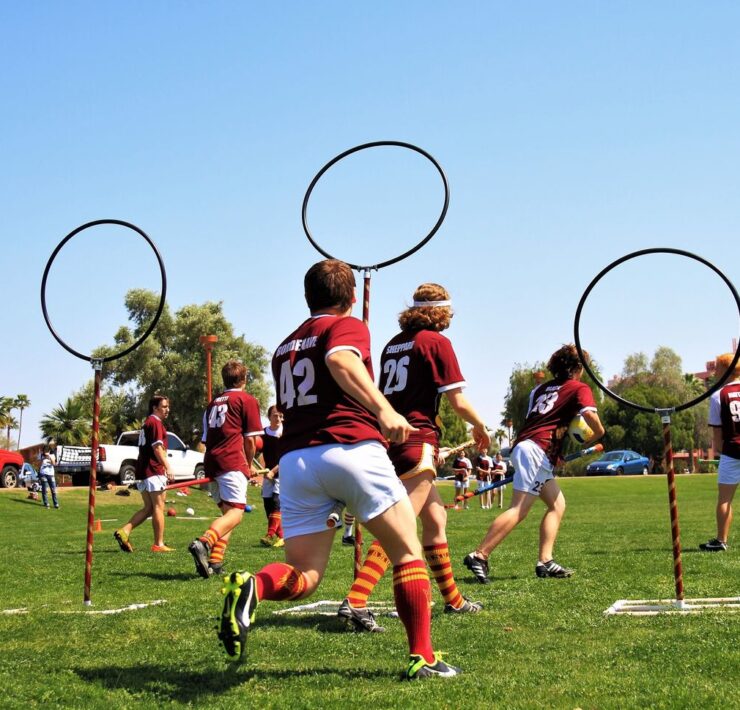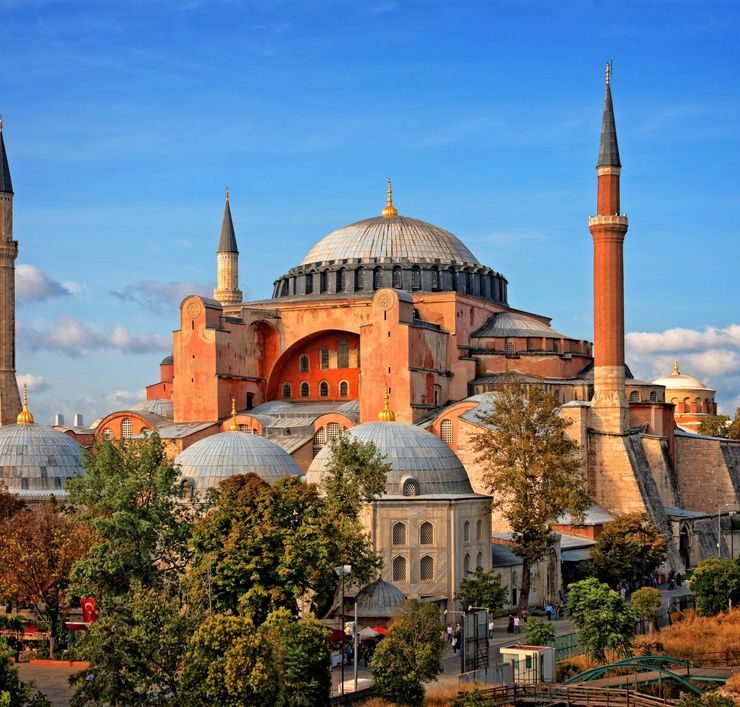The St. George’s Monastery, Wadi Qelt, is a sacred place and one of the most striking tourist spots in the eastern West Bank. The monastery is actually a sixth-century cliff-hanging complex sculpted into a rock wall in the Judaean Desert. It stands overlooking a verdant garden with cypress and olive trees. The caves and recesses there have been used as the habitations of hermits and monks for many centuries. Currently, only a few monks are residing there.
A deep and narrow gorge called Wadi Qelt acts as the setting of the monastery. A pedestrian bridge across the Wadi Qelt connects the monastery to the mainland. The gorge is extended to a 35-km long difficult route between Jerusalem and Jericho while most of it makes a path for the Roman Road. According to ‘Luke 10:25-37’, Jesus set the Good Samaritan parable on this road. As referred to in ‘Psalm 23’, many people also pictures Wadi Qelt as the ‘valley of the shadow of death’.
Foundation of the Monastery of St. George
Five Syrian hermits gathered around a cave (where the monastery is currently located) in 420 AD in order to seek the Prophet Elijah’s desert experience. The cave around which they settled is believed to be the place where the prophet stopped on the way from Sinai and was fed by ravens. An Egyptian monk named John of Thebes built the monastery in the fifth century.
However, it was named after St. Gorgias of Coziba, the most famous monk of the monastery. He came there as a teenager from Cyprus in the 6th century to follow an abstinent life. St. George’s Monastery is well known for hospitality and welcoming female visitors and pilgrims, unlike most of the Greek Orthodox monasteries.
Destruction and Reconstruction
The Persians swept throw the valley, destroyed the Monastery, and killed all 14 resident monks in the 7th century. The bones and skulls of the martyred monks can still be seen in the monastery chapel. The Crusaders rebuilt it in 1179 but it was deserted again after their expulsion from the Holy Land.
A Greek monk named Kalinikos did its complete restoration in the period between 1878 and 1901. The bell tower was built later in 1952. A new road was constructed in 2010 for easier and improved access but the visitors still have to walk or make a donkey ride through a steep and windy path to reach the monastery.
Construction of the Monastery
Only five monasteries are still running in the Judaean Desert and St. George’s is one of them. It is a three-level monastery complex with two churches – the Church of St. George and St. John and the Church of the Holy Virgin – in the premise. Both the churches are pregnant with plenty of mosaics, paintings, and icons. The monastery also has the tombs of the five founder hermits and the cave-church of St Elijah, which can be accessed by taking stairs from the inner court.
The Hike to the Monastery of St. George
Located 20-km from Jerusalem and 9-km from Jericho, the trail to the monastery is a favorite to hikers. Early morning is the best time to hike Wadi Qelt. The way down to the Dead Sea is a great place for experiencing the Judaean Desert. On the way, you will see the remains of the bridge of the aqueduct’s stone arches, a wooden bridge crossing Nahal Prat, and the Ein Qelt pool. After reaching the Monastery of St. George, either drive back to the highway or continue to the Herod’s fortress ruins at Cypros.
When On Earth Magazine is for people who love travel. We provide informative travel guides, tips, ideas and advice regarding places to see, things to do, what to taste, and much more for world travelers seeking their next dream vacation destination.





